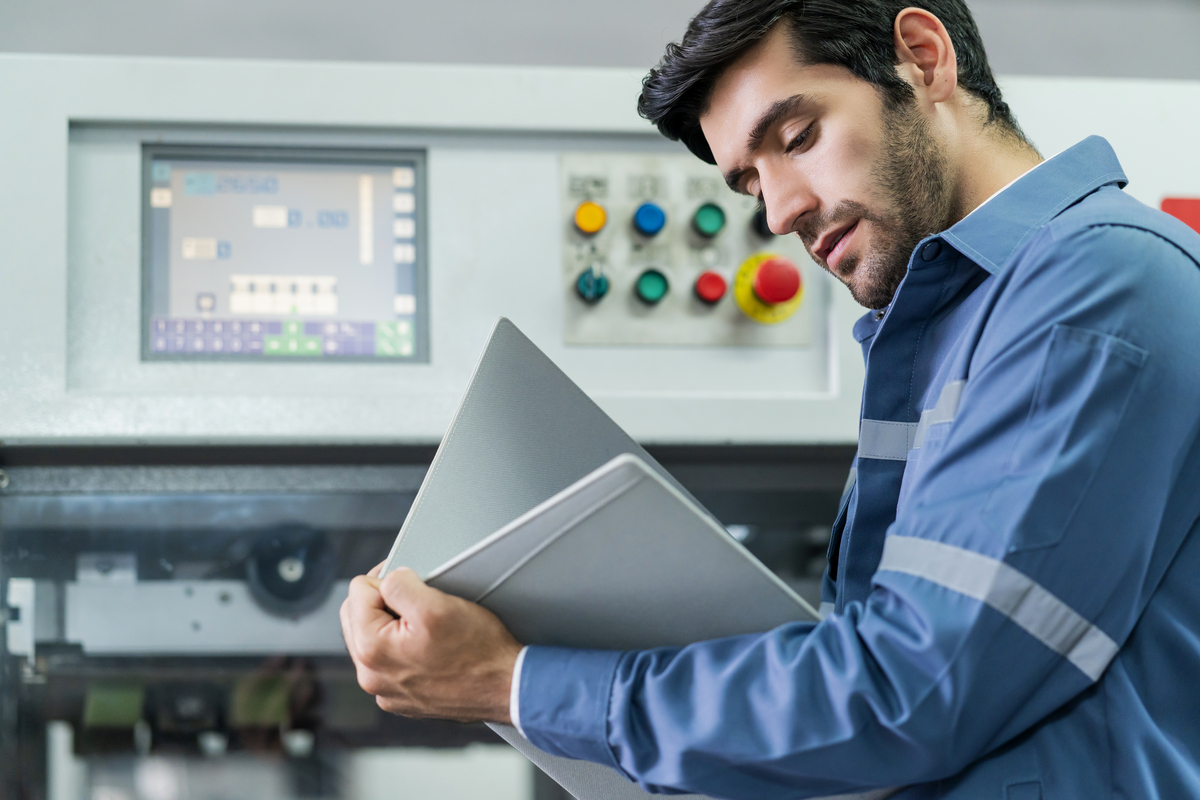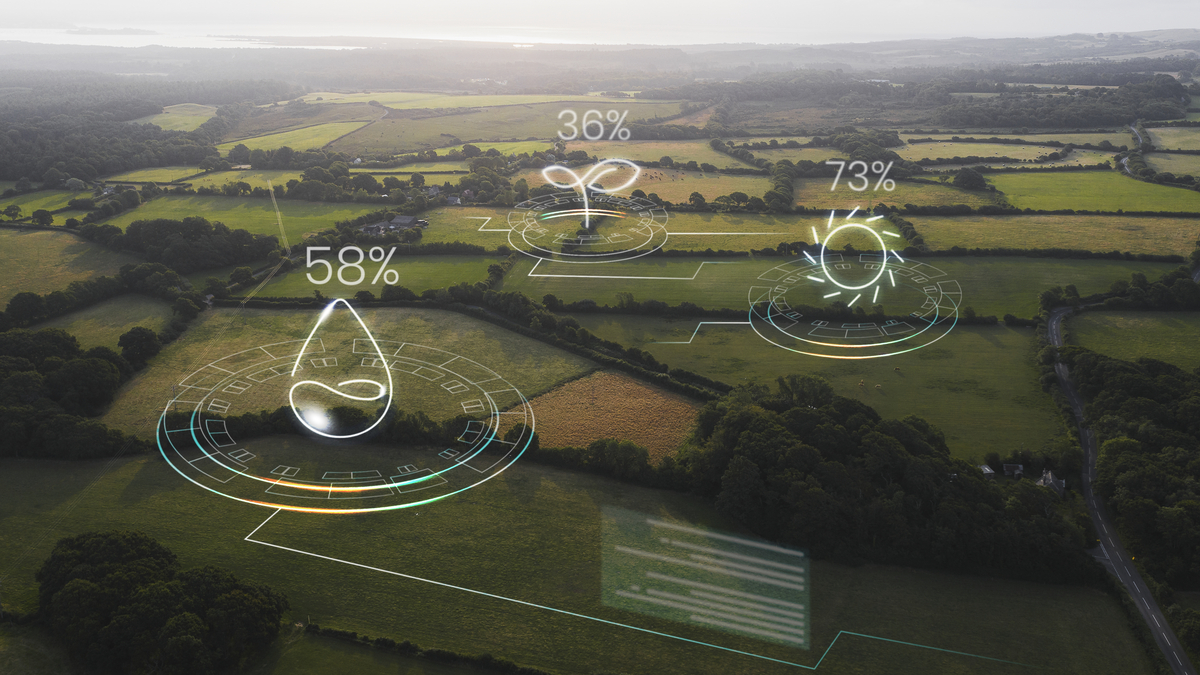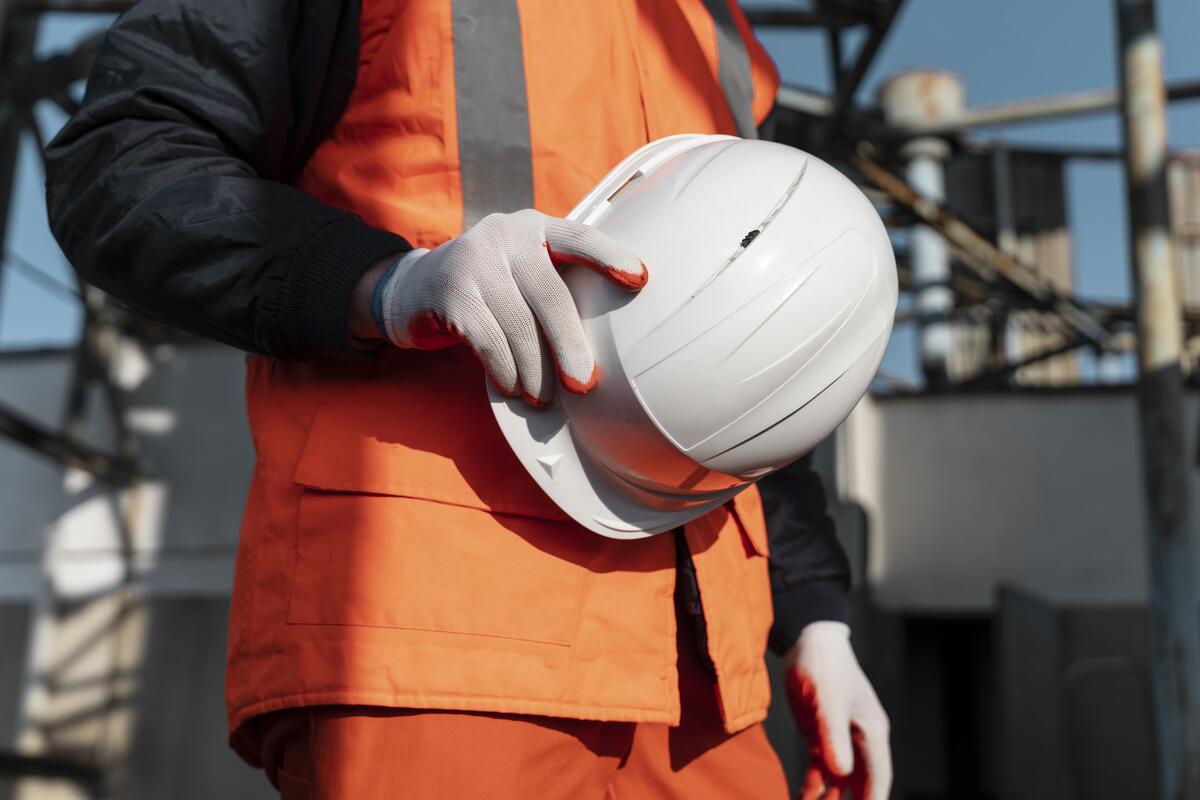Exclusive Neuroject Article: The following article presents 5 Applications of Smart Sensors in Construction, highlighting how the utilization of these technologies is transforming the dynamic field of building.
Smart sensors possess advanced data collection and processing capabilities, making them invaluable in enhancing productivity, security, and sustainability at construction sites.
These cutting-edge technologies are reshaping the entire process of construction projects, ranging from structural monitoring to environmental management. This article delves into five significant applications of smart sensors in the building industry, emphasizing their advantages and potential to revolutionize the sector.
Table of Contents
Introduction to Smart Sensors in Construction
In recent years, the construction sector has seen major technological breakthroughs, resulting in higher productivity, improved safety, and improved project management. The use of smart sensors in buildings is one significant invention that has gained traction. These sensors, which are outfitted with various technologies, can collect, analyze, and monitor data in real time, transforming the way construction projects are planned, executed, and managed.
Smart sensors are small, wireless devices that can be incorporated into building materials, equipment, or even workers’ clothing. They are intended to collect and send vital data pertaining to various areas of construction projects. This information can include temperature, humidity, pressure, vibration, strain, noise levels, and much more.
The fundamental purpose of utilizing smart sensor in construction is to allow for real-time monitoring and analysis of crucial data. This enables project managers, contractors, and other stakeholders to make educated decisions, spot problems early, and adopt corrective actions quickly. Smart sensors increase safety, optimize resource allocation, and boost overall project efficiency by giving accurate and up-to-date information.
Smart sensor integration in construction offers the ability to improve procedures, reduce hazards, and boost productivity. However, it is critical to solve issues such as data management, security, and sensor system compatibility. Smart sensors are projected to play a significant role in determining the future of the construction industry, allowing smarter, safer, and more sustainable building processes as technology advances.
1. Equipment Monitoring and Maintenance
nternational construction projects need specialist knowledge, careful planning, and equipment oversight and maintenance. The building of a bridge connecting Country A and Country B, which requires the use of large equipment like cranes, pile drivers, and concrete pumps, is an example of this. A strong plan for equipment oversight and maintenance is put in place to guarantee smooth progress.
The machinery is equipped with IoT-capable sensors that gather data in real-time on variables like temperature, vibration levels, and fuel usage. Equipment supervisors continually keep an eye on the functionality and health of the equipment in a central control room where this data is relayed.
Supervisors can see trends, patterns, and prospective problems that can affect functionality by utilizing advanced data analytics. This anticipatory method maximizes equipment dependability, reduces downtime, and increases overall project effectiveness.
When conducting business across international boundaries, adherence to local laws and norms is essential. To make sure that all equipment maintenance operations adhere to the unique needs of each nation, a committed team of equipment supervisors and local technicians who are familiar with the regulatory environments of both countries is developed.
They carry out routine inspections, make sure the equipment complies with local safety regulations, and keep detailed maintenance records for auditing needs. The building business demonstrates their dedication to international standards and builds strong connections with local authorities by meticulously following local legislation. This helps minimize any fines or delays brought on by non-compliance.
In conclusion, a specialized and thorough approach is necessary for the proper management and maintenance of equipment in international construction projects. Construction businesses may collect real-time data for proactive monitoring and predictive maintenance by integrating IoT-enabled sensors, preventing downtime, recognizing possible faults before they become serious, and increasing project efficiency.

2. Water Leak Detection
Construction industry market sensors, such as moisture and water detection sensors, are crucial for guaranteeing the safety and effectiveness of structures.
Water leak detection sensors are used to stop and lessen water damage, which can result in costly repairs, structural damage, and mold development. Smart sensors may be used in construction projects to detect leaks early on, allowing quick action to be taken to remedy the problem before it worsens. This preserves the structure, lowers repair costs, and ensures occupant safety.
Real-time monitoring capabilities offered by smart water leak detection sensors enable prompt alarms or notifications to be issued to the appropriate individuals in vulnerable regions. This enables quick examination and correction.
In order to centrally monitor and manage various sensors, streamline the monitoring process, and enable predictive maintenance methods, sensors interact with building management systems and IoT platforms.
Pressure transducers register changes in water pressure that may indicate a leak, while humidity and temperature sensors identify unexpected increases in moisture or variations in temperature that could suggest a water-related problem.
If an anomaly is detected, these smart sensors instantly send alerts to the building management system or designated personnel via wireless communication protocols like Wi-Fi, Zigbee, or LoRaWAN, facilitating immediate intervention and damage mitigation.
Artificial intelligence algorithms, machine learning, and wireless connections are improving sensor technologies’ ability to identify water breaches by producing more precise findings.
In order to find water leaks quickly, cut down on maintenance expenses, and guarantee occupant safety, smart sensors are being employed in construction. Due to rising demand, technical developments, and sustainability, the future of these sensors is bright.

3. Energy Management
According to a report by the Pacific Northwest National Laboratory, implementing smart sensor technology can potentially reduce energy usage in buildings by 10-30%. Translating this into the context of construction sites, the impact on energy conservation could be substantial, marking a significant stride towards more sustainable construction practices.
Real-Time Energy Monitoring: Smart sensors enable real-time monitoring of energy consumption. Suppose a construction site uses generators for power. Smart sensors can monitor the generators’ fuel consumption, allowing site managers to plan fuel resupplies efficiently and avoid unexpected downtimes.
Demand Response and Load Management: Smart sensors help manage and balance energy demand through demand response programs. Imagine a construction site that operates mostly during the day. Smart sensors can recognize the energy demand pattern and lower the energy supply during the night when the demand is minimal, thus preventing unnecessary energy expenditure.
Occupancy-Based Lighting and HVAC Controls: Smart sensors can be used to optimize lighting and HVAC systems based on occupancy. Consider a scenario where lights and air conditioning systems automatically turn off when the last worker leaves a room. Motion sensors and occupancy sensors detect the presence of workers or occupants within specific areas and equipment efficiency monitoring is enabled by smart sensors that measure parameters such as power consumption, idle times, and operational efficiency.
Renewable energy integration is also facilitated by smart sensors that monitor the performance of solar panels or wind turbines, tracking energy generation and optimizing the utilization of renewable energy. For example, if a solar panel’s performance dips on a cloudy day, the system can automatically switch to a backup power source, maintaining consistent energy supply. These sensors enhance energy efficiency, reduce operational costs, and minimize environmental impact.
In conclusion, the value of smart sensors in the construction industry is indisputable, especially when considering their impact on energy management. Drawing from data by the U.S. Energy Information Administration (EIA), in 2020, commercial buildings, including construction sites, consumed about 1.8 quadrillion British thermal units (Btu) of energy. Given that smart sensors can potentially help save 10-30% of energy in commercial buildings (source: Pacific Northwest National Laboratory), there’s a potential to save up to 540 trillion Btu of energy.

Suggested article for reading: Construction Monitoring Solutions
4. Environmental Monitoring
Smart sensors for environmental monitoring are essential in building projects to assure adherence to environmental rules, maximize resource use, and reduce possible dangers. These sensors are built to monitor a range of factors in real-time and offer insightful information for decision-making.
Smart environmental monitoring sensors are frequently connected to a centralized system that gathers, processes, and analyzes the data in real-time. Throughout the building process, project managers may use this data to make educated decisions, streamline operations, and assure environmental sustainability.
Some basic smart environmental monitoring sensors used in construction include the following:
1. Air Quality Sensors: These sensors measure concentrations of pollutants like carbon dioxide (CO2), sulfur dioxide (SO2), and particulate matter (PM2.5 and PM10) to assess air quality. For instance, if high levels of PM2.5 are detected, actions such as reducing construction activities or deploying air purifiers can be taken to ensure worker safety.
2. Noise Monitoring Sensors: Excessive noise on construction sites can be a nuisance to surrounding areas and harmful to workers’ health. These sensors measure decibel levels in real time, helping construction managers to schedule noisy operations during less disruptive times or to implement noise reduction measures like sound barriers or noise-cancelling headphones for workers.
3. Vibration Sensors: Construction activities often generate vibrations that can potentially cause damage to nearby structures. Vibration sensors can monitor these levels in real-time, enabling managers to adjust construction methods or equipment usage to minimize harmful vibrations.
4. Temperature and Humidity Sensors: The durability and performance of certain construction materials can be influenced by temperature and humidity levels. These sensors allow for the monitoring of environmental conditions to ensure the appropriate storage and application of materials, like concrete curing or paint drying.
5. Structural Health Monitoring Sensors: These sensors measure factors like strain, displacement, and tilt in a building structure, providing early warnings of potential issues. For example, unusual movements or deformations detected by these sensors could indicate foundational instability, prompting necessary structural assessments or interventions.

5. Health & Safety
Health and safety in the construction industry are of paramount importance to protect workers from potential hazards and ensure a safe working environment.
According to statistics, the construction sector accounts for a significant proportion of workplace fatalities and injuries worldwide.
For instance, data from a global construction safety report revealed that falls, struck-by incidents and caught-in/between accidents are among the leading causes of fatalities in the construction industry.
To mitigate these risks, construction companies implement various safety measures, such as conducting thorough risk assessments, providing appropriate personal protective equipment (PPE), implementing safety training programs, and promoting a culture of safety on construction sites.
The implementation of innovative technologies like the TokenMe system, illustrates how digital advancements can improve health and safety.
This system utilizes sensor hubs powered by long-lasting batteries, also known as ‘anchors’, which are strategically distributed throughout the construction site. Every worker is equipped with a smart badge or ‘token’, attached to their helmets. The tokens and anchors work in unison, securely transmitting data to the cloud. This data can subsequently be displayed on dashboards, reducing the necessity for manual site inspections by up to 50%.
Designed to identify accidents like falls or unconsciousness, these tokens aim to reduce health and safety risks for workers involved in site-related activities. They also offer workers the opportunity to call for assistance during emergencies by pressing an SOS button. Additionally, the system offers an emergency evacuation alarm via devices that have been put across the entire site.
In conclusion, the implementation of health and safety protocols not only safeguards workers’ well-being but also improves productivity, reduces downtime due to injuries, and enhances the overall reputation of construction companies.

The Future of Construction: Emerging Trends in Smart Sensor Applications
The future of construction is being shaped by the rapid advancement of smart sensor applications. These innovative technologies are revolutionizing the way buildings are designed, constructed, and operated.
Smart sensors are embedded in various construction components, providing real-time data on structural integrity, environmental conditions, and energy efficiency. With the help of advanced data analytics and artificial intelligence, these sensors enable proactive monitoring and predictive maintenance, leading to improved safety, cost savings, and sustainability.
Moreover, smart sensors play a crucial role in the development of smart cities, where interconnected infrastructures communicate and optimize resources. As the construction industry embraces these emerging trends, we can expect a more efficient, resilient, and environmentally conscious built environment that enhances the quality of life for future generations.
Resources:
esds | PlanRadar
For all the pictures: freepik



